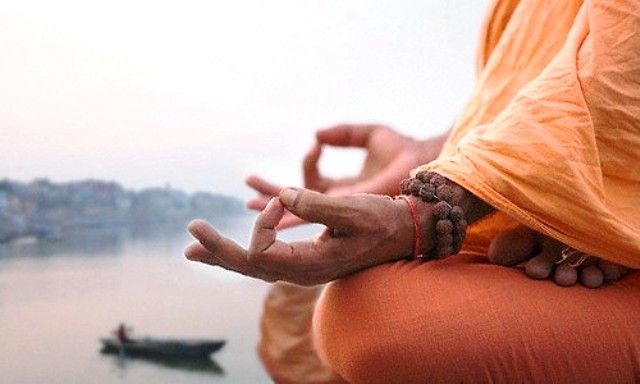Gyan Mudra, often referred to as the “gesture of knowledge,” is one of the most recognized and widely practiced mudras in yoga and meditation traditions. The word Gyan means “knowledge” or “wisdom,” while Mudra translates to “gesture” or “seal.” This hand position symbolizes the unity of the individual consciousness with universal energy. It represents the connection between human understanding and cosmic intelligence, allowing practitioners to cultivate mindfulness, awareness, and spiritual growth.
Historical and Spiritual Roots
The practice of Gyan Mudra dates back thousands of years and is deeply rooted in ancient yogic and Vedic traditions. It has been depicted in statues of Hindu deities and Buddhist figures, symbolizing enlightenment and higher consciousness. In traditional philosophy, the thumb represents the divine or universal self, while the index finger symbolizes the individual ego. By bringing the two together, Gyan Mudra signifies the merging of personal awareness with the universal truth—a gesture that transcends physical practice and reaches into the realm of spiritual awakening.

How to Perform Gyan Mudra
Performing Gyan Mudra is simple but requires mindfulness. The practitioner should sit comfortably in a cross-legged position such as Sukhasana or Padmasana. The hands rest on the knees with palms facing upward. The tip of the thumb gently touches the tip of the index finger, forming a circle, while the remaining three fingers stay extended and relaxed. Breathing should be steady and natural, allowing the mind to quiet as attention turns inward. This mudra can also be practiced while standing, lying down, or even during walking meditation.
Mental and Emotional Benefits
Gyan Mudra is best known for its powerful effects on the mind and emotions. It enhances focus, concentration, and memory by balancing the air element in the body, which is linked to mental activity. Regular practice is believed to stimulate the brain, sharpen intellect, and promote clarity of thought. It also reduces anxiety, stress, and emotional instability by calming the nervous system. This mudra encourages detachment from overthinking and fosters a state of mental stillness, making it especially beneficial for students, professionals, and anyone seeking better cognitive balance.
Physical and Energetic Effects
Beyond mental well-being, Gyan Mudra has subtle yet profound physical effects. It is said to improve sleep quality, relieve headaches, and reduce tension in the body. Practitioners report a sense of lightness and improved energy circulation after consistent practice. According to yogic philosophy, it enhances the flow of prana—the vital life force—throughout the body, bringing harmony between mind and body. When performed during meditation, Gyan Mudra helps align the chakras and deepen the meditative state.
Integrating Gyan Mudra into Daily Life
This gesture can easily be incorporated into daily routines. It can be practiced early in the morning for mental alertness or at night to promote relaxation. Combining Gyan Mudra with deep breathing, chanting, or mindfulness meditation magnifies its benefits. Even a few minutes of practice can provide noticeable calmness and clarity, helping individuals navigate the challenges of modern life with more balance and resilience.

A Timeless Tool for Inner Wisdom
Gyan Mudra stands as a timeless reminder of humanity’s inherent connection to universal wisdom. Its simplicity and accessibility make it suitable for people of all ages and experience levels. By practicing this ancient gesture regularly, individuals can cultivate inner peace, spiritual insight, and mental strength. In a world filled with constant distractions, Gyan Mudra offers a quiet path back to focus, harmony, and the true essence of knowledge.

















